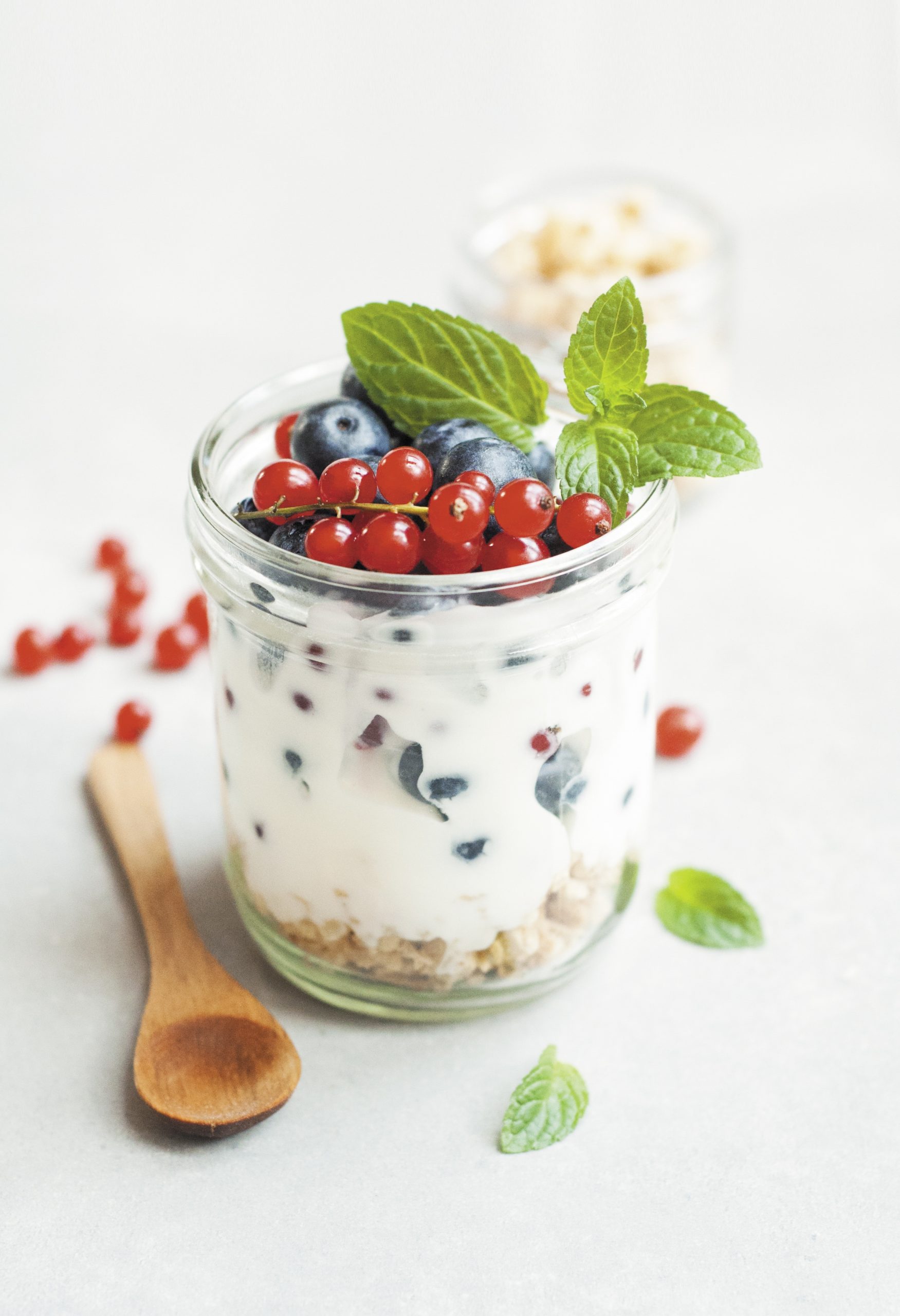Coffee is a complex beverage, with taste made up of a number of different compounds all interacting with each other. Learning to categorize what you’re tasting is useful for dialing in, and to a lesser degree, communicating about what you experienced to other people.
Relative Taste Comparison
The simplest method people use for comparing the taste of multiple coffees is called cupping. A simple cupping protocol would be to use 10g coffee ground at a reasonable pourover size to 160g boiling water. Smell the ground coffee and see if it evokes any thoughts about taste. You can use a tasting wheel, like the Specialty Coffee Association tasting wheel to inspire some thoughts. Pour all the water in, start a timer, and smell the wet aroma. At about four minutes use a spoon to break any crust that has formed, pushing the coffee to the bottom. Pull the spoon through the full depth of the cup, stirring the bottom and smelling as you go. As the coffee cools, start tasting with a spoon. Many people like aspirating (slurping) the coffee to get the aroma into the nose.
Mainly, cupping is going to be useful for limiting brewing variation between coffees. It won’t necessarily tell you what espresso (or even pourover) will be with precision but it can give you a starting point if you feel lost. More than anything take it as an opportunity to compare and contrast 2 or more different coffees. You’ll be surprised how much difference there is even between things that seem pretty similar.
Tasting Technique for Other Methods
You might be surprised to learn that you can make many simple changes to your habits that allow you to taste things more clearly. A few easy tips will make both espresso and pourover much more obviously aromatic. First, beverages need to be near body temp to taste with much clarity. Hotter or colder beverages are going to have kind of broad, inobvious tastes that are challenging to discern. Let things cool off a bit, even if you need to move some of the beverage to another cup.
Second, flavor is not just taste! There is an olfactory component to tasting anything, so we need to get those compounds into your nose. Before you start drinking, smell the coffee with a deep breath. Pick a glass that fits your nose while you sip and breathe in a bit while you do. As the coffee enters your mouth use your tongue to push the coffee up towards the back and top; this will help aroma enter. Finally, breathe in immediately after swallowing to mix some air into those compounds!
It’s also worth paying attention to the state of your mouth before tasting. Some toothpastes have compounds that are going to make it harder to taste. Foods can affect your taste as well. Before you start a tasting session consider thoroughly rinsing with water, and even consider some sparkling water to refresh. If you have to you can season your palate with some well brewed coffee and rinse again.
Comparative tasting is useful again in these methods. If you’re trying to figure out how to improve your espresso dial in you can brew, make a change, and brew again to get to a point you can compare. This can show you what the minor or major differences are so you can make a map of what is happening. When I’m hunting for more clarity in my espresso it is often useful to brew a pourover and try to compare. That can put me on the right track.
Practicing Thoughtful Tasting
If you’re trying to build associations to flavor compounds, it is pretty helpful to taste the things that you’re comparing to. If you’re looking at tasting Kenyan coffees and keep seeing currant notes, you’re going to either need to figure out what in the coffee tastes like something you don’t recognize or find a way to taste currants. Some of these associations are vague at best so you have to kind of figure it out as you go.
If you sit down with a tasting wheel you can find a way to taste almost all the things on the list, but one of the easiest ways to figure out what the SCA wheel is trying to tell you is to take a gander at the World Coffee Research Sensory Lexicon. This document provides some examples of compounds or commonly available items you can use to understand what someone else means when they say a coffee has a given note.
A Minor Warning
Don’t take roaster’s notes without a whole shaker full of salt. Some are just parroting the notes importers gave them for the green coffee without going through their own process. Others have tasted thoroughly but are either brewing differently than you are or have a different set of associations with a given flavor. The point isn’t for you to agree with other people, it’s to learn how to be confident in what you’re tasting. Eventually you’ll know that when Person X says something tastes like tangerine you’re going to find it to be lemon. That’s useful information!
